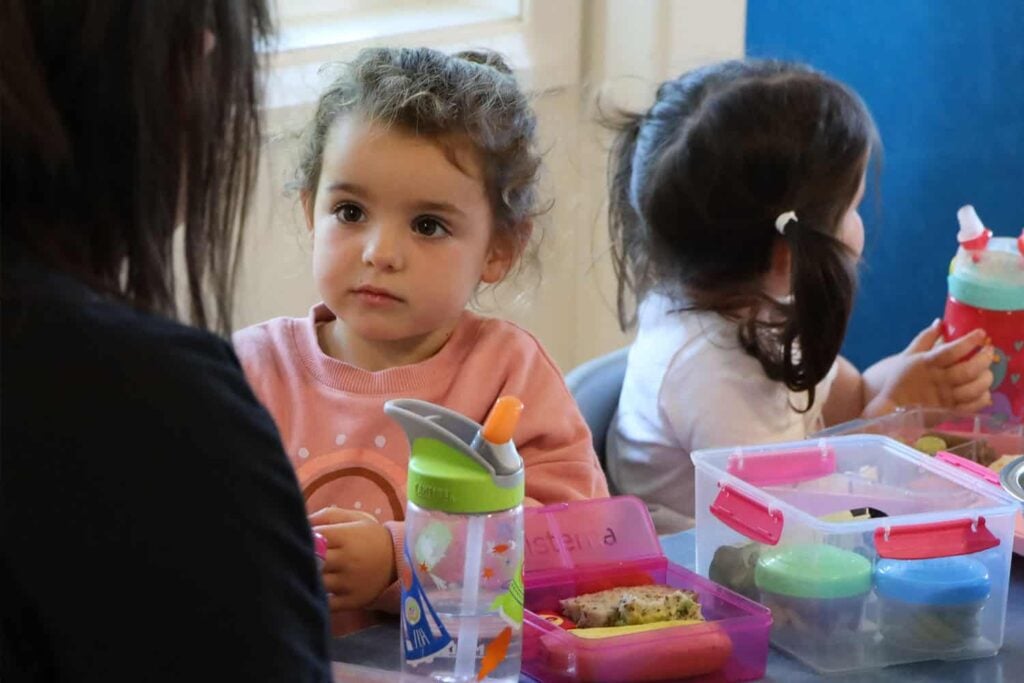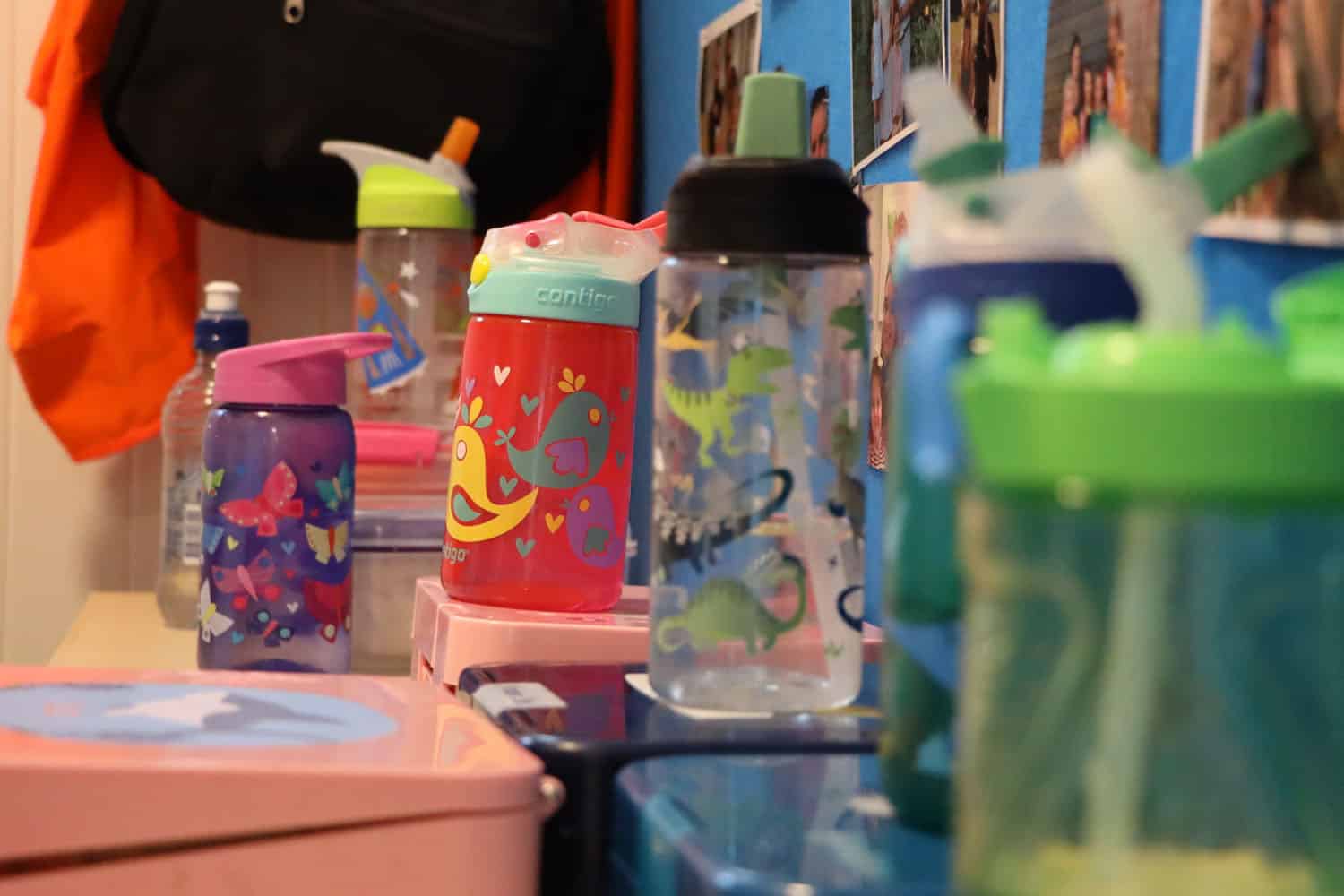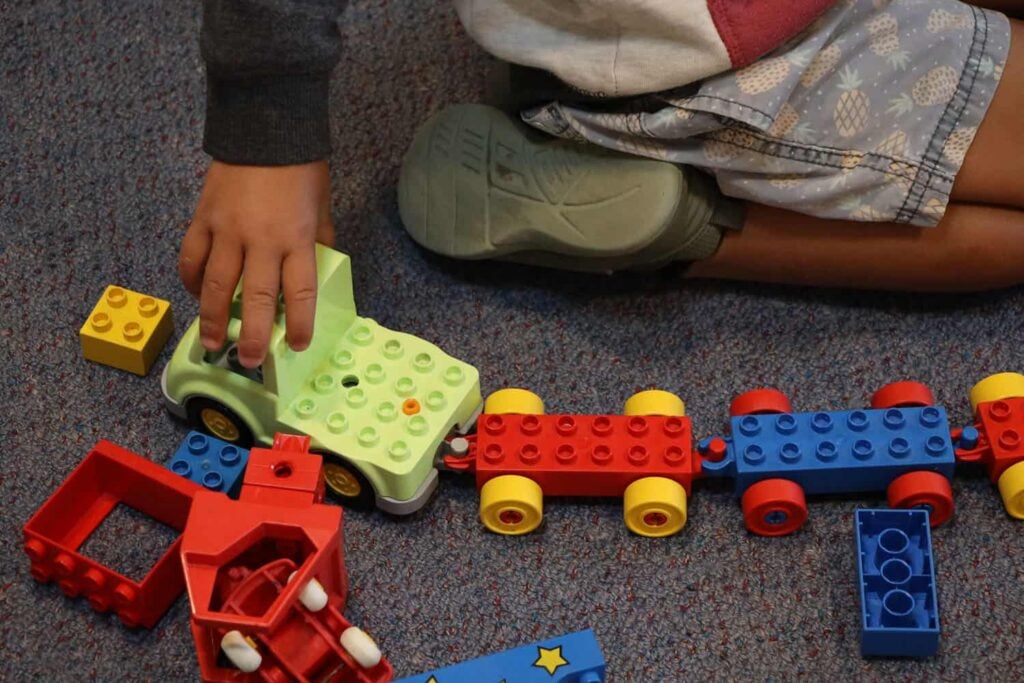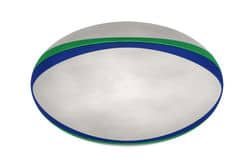Lunch-box tips – share the link to this article with children’s parents and caregivers.
Type of Lunch-box
Recycled ice-cream containers with a lid can make a suitable lunch-box.
With a non-washable felt-tip marker ask your child to draw a small picture or write some letters of his/her name (if able to). Stick on some stickers so it can be more easily spotted or found among the other children’s lunch-boxes at the ECE service.
If you are purchasing a lunch-box, let your child choose one he/she likes to support his/her developing independence. Often the choice is a box that has a picture on it that the child likes (e.g. the Wiggles or Dora the Explorer.)
Test that your child can open the lunch-box and shut it successfully without adult help before you buy it.
Number of Foods
If your child is staying for lunch only, include 4 items of food. This is usually enough for a young child to eat in one sitting and not too little that your child will still be hungry after eating.
If your child is staying for morning and afternoon tea then include one or two extra items of food for each.
Small Portions
Large portion sizes make it difficult for small hands to handle and small mouths to eat. Instead of cutting sandwiches into halves, cut into fingers or quarters – triangles or squares.
Reduce the Possibility of Choking
Children under 5 years and particularly under 3 years are very susceptible to choking on food.
Young children have small air and food passages and are learning how to bite, chew and grind food which is why you need to be careful about what foods you give. Until your child’s second molar teeth come through which are needed to grind food successfully before swallowing, do not include foods that are a high choking risk.
Hard vegetables and fruit such as apple and carrot are high risk. So alter the texture through cooking, grating or mashing e.g. cooked apple and grated carrot.
Small hard foods like dried hard fruit and peanuts, foods with skins like sausages, and foods like corn chips, pop corn and whole grapes are high risk and should not be included in lunch-boxes. Your child might be four or five years old and has eaten corn chips at home, but at the ECE service there is no guarantee that your child will be seated still the whole time while eating or that a younger child might get hold of a corn chip and subsequently choke.
Food Choices
Include a piece of soft fruit. Some days it may be a standard banana, or kiwifruit. Examples of variations include fresh raspberries and canned pears.
Yoghurt is an easy food to include.
- Yoghurt
- soft crackers
- Mini-muffins
- Savoury muffin slit at the top with a slice of cheese or tomato
- Toasted marmite and cheese bread
- Container of fresh macaroni cheese or other pasta
- Rice salad (no nuts)
Allergies and Banned Foods
Check with your ECE service if any foods are banned due to children’s allergies.
How do you know if your child is eating enough and what your child is eating?
Request that the food your child does not eat is left in his/ her lunch-box to take home so you know how much your child is eating.
If your child is not eating enough then ask how much time children are given to eat lunch and if you consider this to be too short then ask for your child to be given more time.
If a rolling lunch-time (kai time) operates at your ECE service instead of a set time for everyone, then request that your child be reminded to stop playing and have his/her lunch.
A note about expectations for safety and supervision

Because it is important to reduce the risk of choking that children sit still when eating and are supervised, check with your ECE service that it has a process of making sure that an adult will always stay with and watch your child while your child is eating.
Considerations for your child’s long-term health
Giving your child healthy, more plant-based and less processed food to minimise the risk of diseases such as heart disease and various cancers is something to consider.
The World Health Organisation recommends limiting or not eating processed animal meat. Twenty-two experts from 10 countries reviewed more than 800 studies to reach their conclusions. They found that eating 50 grams of processed meat every day increased the risk of colorectal cancer by 18%. That’s the equivalent of 1 hot dog. For eating red meat (such as lambs, pigs, and goats) there was evidence of increased risk of colorectal, pancreatic, and prostate cancer.
According to a 2014 study in the American Journal of Clinical Nutrition the mortality rate for meat-eaters is almost 20% higher than for semi-vegetarians and non-animal eaters.
You may also be interested in reading
Food and drink regulations and requirements that ECE Services must meet









